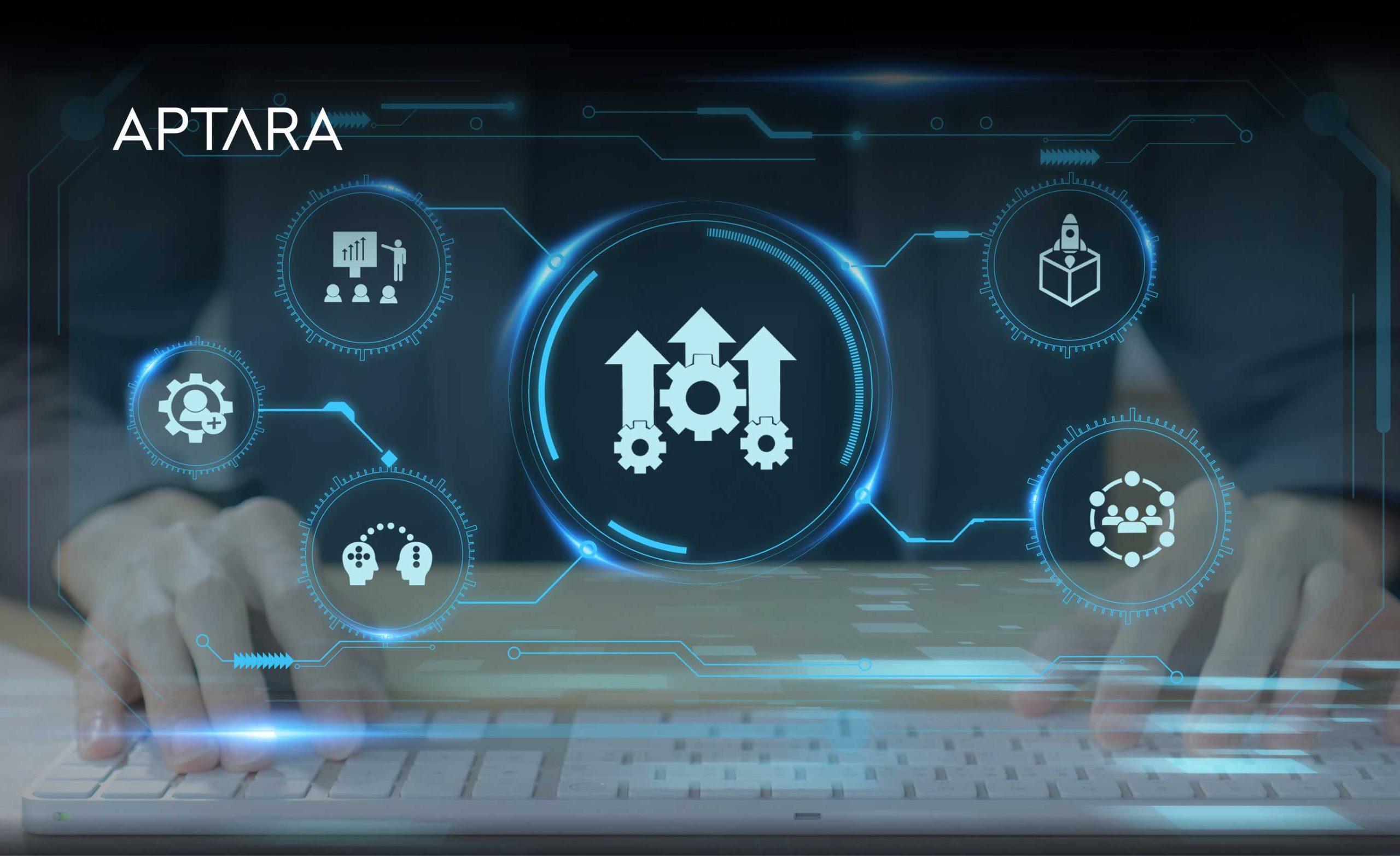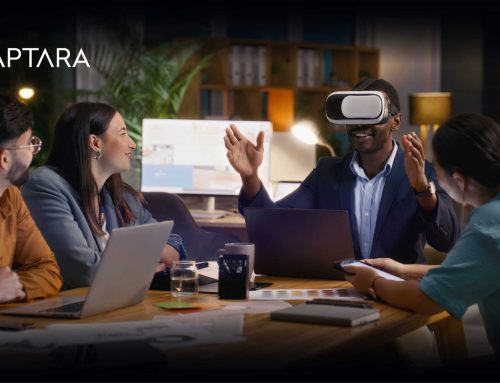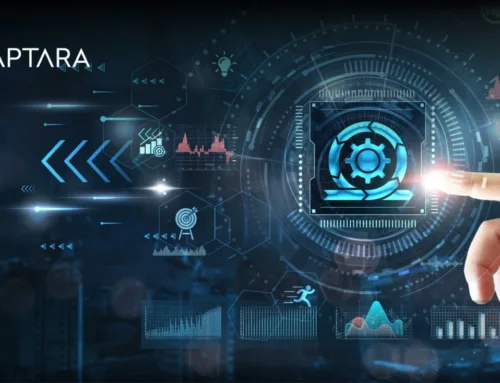The past few years have highlighted just how critical learning and development (L&D) is to organizational resilience and transformation. When the pandemic disrupted every aspect of work, L&D teams became the frontline enablers of change. They were tasked with rapidly moving onboarding and training programs online, developing new modules on workplace safety, remote collaboration, and even navigating sensitive conversations around diversity and equity. What took months to design and implement had to be accomplished in days.
Traditionally, L&D professionals were often brought into change initiatives only as support functions. Today, that perspective is shifting. Their role is no longer limited to training delivery, it is central to driving change itself. Organizations that recognized this early on and empowered their L&D teams with the resources and authority to lead transitions managed to adapt more effectively. They could leverage existing learning frameworks and scale them to meet new challenges with speed and precision.
On the other hand, organizations that overlooked the strategic role of L&D found themselves struggling. Their learning teams had to build both the change management approach and the skills required to enable it simultaneously, a heavier lift that slowed down their response. These lessons make one point clear: for any change management initiative to succeed, targeted learning solutions must be at its core.
Top Strategies for Driving Change Through Targeted Learning Solutions
Change is never just about processes or systems; it is about people. The success of any change management initiative depends on how well employees are prepared, supported, and motivated to adapt. Targeted learning solutions act as the bridge between strategy and execution, ensuring employees are not just informed about change but equipped to thrive in it. Here are five strategies organizations can adopt to embed learning at the heart of change initiatives:
1. Organizational Readiness Assessment & Tailored Learning
The first step in managing change effectively is understanding where the organization stands today. A thorough change readiness assessment helps uncover potential barriers, areas of resistance, and skill gaps that might impede progress. This diagnostic approach ensures learning initiatives are not based on assumptions but on real organizational needs.
Instead of a one-size-fits-all program, data from these assessments can guide the design of personalized learning paths. Tailored learning respects cultural nuances, role-specific challenges, and individual learning preferences, making it more relevant and impactful for employees.
2. Communicate with a Shared Language & Vision
Confusion often breeds resistance. Establishing a common language for change, using proven frameworks, helps employees understand the change process and their role within it. When everyone uses the same terminology and approach, conversations become more constructive and aligned. Equally important is communicating the vision behind the change.
Employees are far more likely to embrace transformation when they see how it aligns with organizational goals and why it matters to the business and to them personally.
3. Leverage Digital and Interactive Learning Tools
In today’s digital-first workplace, learning consulting solutions must be flexible and engaging. Self-paced modules, interactive simulations, gamified quizzes, and virtual workshops create a learning environment that encourages active participation. These tools don’t just deliver information, they build experiences that employees can relate to and retain.
Moreover, automation can simplify the change process itself. From automated progress tracking to personalized reminders, digital tools reduce administrative overhead and allow leaders to focus on guiding employees through the transition.
4. Implement Change Champions and Empowered Employees
Change gains momentum when employees see their peers leading the way. Identifying and training change champions, those trusted individuals who influence teams informally, creates a ripple effect across the organization. These champions can share knowledge, collect feedback, and model new behaviors, making change more relatable.
Beyond champions, every employee should feel empowered. Targeted training ensures they have the skills and confidence to navigate new systems, processes, and expectations. Empowerment shifts change from being something “done to employees” to something they actively own and drive.
5. Secure Strong Leadership and Sponsorship
Leadership is the anchor of successful change. When executives are visibly engaged, employees perceive change as a priority, not a passing initiative. Active sponsorship, through regular communication, open dialogue, and hands-on involvement, builds trust and signals commitment.
Equally, recognizing employee contributions during the change journey reinforces desired behaviors. By celebrating the efforts of change champions and acknowledging progress at every level, leaders sustain momentum and foster a culture that embraces continuous transformation.
The Benefits of Integrating Targeted Learning into Change Initiatives
Embedding targeted learning into change initiatives helps organizations achieve smoother transitions with minimal disruption. When employees receive the right training at the right time, they adapt faster, and productivity remains steady even during major transformations.
Learning solutions also drive stronger engagement and adoption. By involving employees throughout the journey and giving them opportunities to participate actively, organizations foster a sense of ownership and commitment. This leads to higher acceptance of new ways of working.
Another key advantage is risk mitigation. Preparing employees with the right skills reduces resistance and unforeseen challenges, improving the likelihood of success and maximizing return on investment.
Finally, targeted learning helps build a culture of continuous change. Instead of viewing change as a one-off event, employees develop the mindset and resilience needed to embrace future transformations, creating a workforce that is agile and future-ready.





